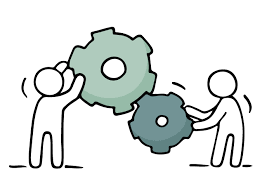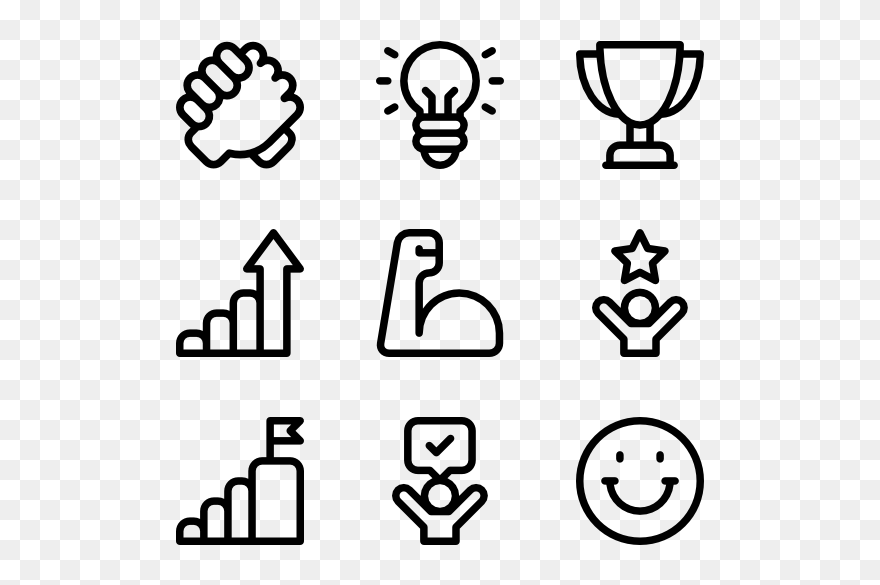15 Proven Strategies to Cultivate High-Performing Teams
In today's dynamic business world, high-performing teams are essential for success. The combined strength of individuals working collaboratively, utilizing diverse skills and perspectives, unlocks remarkable achievements. However, fostering this environment demands thoughtful strategies and ongoing effort. This article details fifteen effective strategies to cultivate a thriving team culture, complete with practical examples to guide implementation.
Foundational Elements: Roles, Communication, and a Supportive Culture
1. Clearly Defined Roles and Responsibilities: Eliminate ambiguity. Each team member's role and responsibilities must be clearly defined, ensuring everyone understands their contribution to overall team goals. For example, a marketing team should clearly define roles such as content strategist, social media manager, and SEO specialist, preventing overlap and promoting accountability. A well-defined RACI matrix (Responsible, Accountable, Consulted, Informed) can be a valuable tool here.
2. Open and Transparent Communication: Foster open dialogue where team members feel comfortable sharing ideas and concerns. Regular team meetings, brainstorming sessions, and readily accessible communication channels are crucial. Daily stand-up meetings for quick updates or weekly project reviews for in-depth discussions can significantly improve communication flow. Consider using collaborative project management tools to centralize communication and track progress.
3. Cultivating a Supportive and Inclusive Team Culture: Prioritize mutual respect and assistance. Acknowledge individual contributions and celebrate collective wins. Peer recognition programs or team-building activities can strengthen camaraderie and mutual support. A culture of psychological safety allows individuals to take risks and share ideas without fear of judgment.
Goal Alignment, Knowledge Sharing, and Embracing Diversity
4. Establishing Shared Goals and Objectives: Shared understanding of team goals is paramount. Set SMART (Specific, Measurable, Achievable, Relevant, Time-bound) objectives, ensuring everyone works towards a unified vision. This alignment empowers collaboration and shared responsibility for results. Regularly review and adjust goals as needed to maintain focus and motivation.
5. Knowledge Sharing and Continuous Learning: Foster a culture of continuous learning and knowledge sharing. Regular knowledge-sharing sessions, mentorship programs, or internal training initiatives empower team members, driving individual and team growth. An internal wiki or knowledge base can facilitate this process, creating a centralized repository of information.
6. Valuing Diversity and Inclusion: Diverse perspectives enrich team capabilities. Encourage participation from individuals with varied backgrounds, fostering creativity and innovation. Actively solicit diverse viewpoints during decision-making processes. This inclusive approach leads to more robust solutions and a more engaged workforce.
Building Trust, Collaboration, and a Culture of Feedback
7. Building Trust and Mutual Respect: Trust and respect are fundamental to successful teamwork. Encourage open and honest communication, active listening, and empathy. A psychologically safe environment allows for constructive feedback and conflict resolution, strengthening team cohesion. Regular check-ins and one-on-one meetings can help build these crucial relationships.
8. Collaborative Project Assignments: Assign projects requiring collaboration, encouraging teamwork and problem-solving. This fosters relationship building and enhances shared learning. Projects could involve developing new marketing campaigns, improving internal processes, or tackling complex technical challenges.
9. Regular and Constructive Feedback: Regular feedback is vital for growth. Implement a structured feedback system, including peer-to-peer reviews and manager feedback, emphasizing both strengths and areas for development. Focus on providing actionable feedback that empowers individuals to improve their performance.
Positive Work Environments, Technology, and Leadership
10. Fostering a Positive and Engaging Work Environment: A positive work environment boosts morale and productivity. Provide a comfortable workspace, opportunities for social interaction, and promote work-life balance. Recognize and reward achievements, both individually and collectively. Small gestures of appreciation can go a long way in building a positive team spirit.
11. Leveraging Collaborative Tools and Technologies: Utilize collaborative tools to streamline communication and information sharing. Project management software, communication platforms, and cloud-based document storage enable seamless collaboration, regardless of location. Choose tools that align with the team's specific needs and workflow.
12. Encouraging Cross-Functional Collaboration: Break down departmental silos by fostering collaboration across different teams. This broadens perspectives and allows for a more holistic approach to problem-solving. Cross-functional projects or joint meetings can facilitate this interaction, leading to more innovative and effective solutions.
Leadership, Team Building, and Adaptability
13. Leading by Example: Leaders must exemplify effective teamwork. Demonstrate open communication, active listening, and provide constructive feedback. This sets the tone for the entire team, fostering a collaborative culture. Leaders should actively participate in team activities and demonstrate commitment to the team's success.
14. Investing in Team Building and Bonding: Invest in team-building activities to foster connections and trust. Organize social events, team outings, or participate in shared learning experiences to create a strong sense of community and cohesion. These activities should be carefully chosen to align with the team's interests and preferences.
15. Embracing Flexibility and Adaptability: Accommodate diverse working styles and preferences. Offer flexible working arrangements where appropriate, promoting work-life balance and ensuring that individual needs are considered. This adaptability fosters a more inclusive and collaborative environment. Flexibility helps to create a more engaged and productive team.
By implementing these strategies, organizations can cultivate high-performing teams that achieve extraordinary results. Building effective teams is an ongoing process requiring consistent effort and commitment. The rewards, however, are significant, leading to enhanced productivity, innovation, and a more rewarding work experience for everyone.





